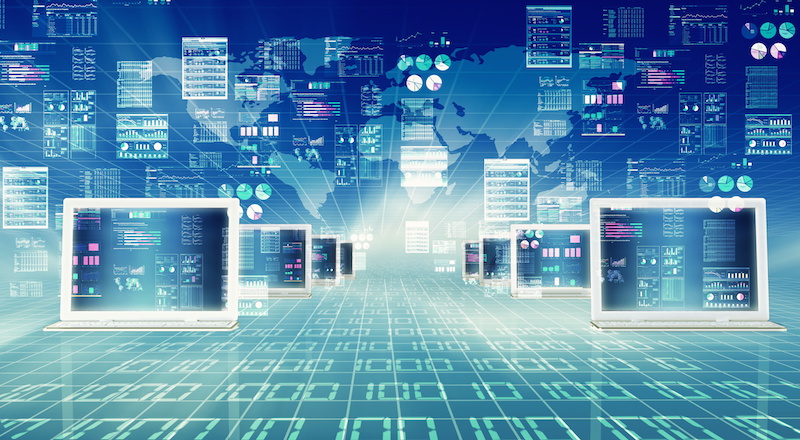Government IT is getting an upgrade and the growth of data, regulations, technology updates, expanding agency missions, and external threats are pushing government agencies to modernize IT. In December of 2017, President Trump signed legislation to modernize the federal government’s aging information technology infrastructure. However, modernization requires certain tools and processes to balance traditionally counteractive forces—agility and governance, convenience and security, and ease of use and enterprise functionality.
At GovLoop’s recent Virtual Summit: Tech Trends You Need to Know, Joah Iannotta Director, Do Not Pay Business Center, Treasury Department and Danielle Ruppel General Manager, Federal Sales, MicroStrategy discussed how agencies are entering a data-driven culture as part of their IT modernization journey.
Barriers to Modernization
“Many of us have legacy systems that are cumbersome,” Iannotta said. “New data comes with new coding languages that some current employees are not familiar with.” One common agency concern surrounding IT modernization is figuring out how to integrate the old legacy systems. “Sometimes in the federal space, we think of IT modernization as buying new boxes and that’s only part of it,” Iannotta said.
According to Ruppel with new data platforms, agencies don’t have to abandon the data on their old legacy systems. A modern analytics and mobility platform, like MicroStrategy, can accommodate old data from legacy systems in the backend. “With the MicroStrategy intelligence platforms you can combine data from a legacy system with data from modernized systems,” Ruppel said. “This way, you can tie mission-critical applications to new mobile applications.”
Another concern is having the ability to automate time-consuming processes, specifically for organizations that develop data analytics solutions for unique problems. Ionatta said that automation allows the Treasury Department to free up time for analysts. “There are some codes that we can develop once and then we can leverage automated software to carry out particular functions so that our data scientists can focus on creating new code for unique situations,” said Iannotta. For her team, this switch to automation produced significant time savings. “We’ve reduced two months of analysis to one month, and then we’re ready to produce a product.”
Lastly, while policies regarding IT are changing outdated policies can restrict organizations from modernization. Iannotta recalled a situation in which an outdated policy restricted data sharing within her agency. “Our security policies had not been updated to allow us to use the more modern way of transferring information securely,” Iannotta said. “When you’re employing a new tool, you have to decide if it is in compliance with the current policies. To do this, you have to create a team of knowledgeable people to figure out how your policies will work with modernized technology.”
Potential in Modern Platforms
Regardless of these possible setbacks, Ruppel is confident that with the use of modern platforms, organizations can have productive data outcomes. “Government agencies have access to a lot of new technologies such as cloud computing and advanced analytics. We’ve also generated more data in the past two years than in the entire history of humankind,” Ruppel said. “With new technologies and new policies, agencies are using data more effectively.”
Ruppel described how a modern analytics and mobility platform like MicroStrategy can help agency’s achieve their data goals. MicroStrategy is a comprehensive and unified platform that quickly builds, deploys and maintains analytics and mobility applications. Agencies can utilize the mobility platform to modernize their most important processes. For instance, some agencies use MicroStrategy to go from paper to digital. With these new tools, employees in the field can save time capturing data by using their mobile device equipped with MicroStrategy as a reporting tool for instant data input. Using the modern platforms allows for data of consistent quality and allows for more data input than before.
“With MicroStrategy, we support the needs of the users first and prioritize modernization from the backend by giving users access to more data,” Ruppel said. With this approach modern platforms give agencies more opportunities for modernization and increased efficiency.
To read more from our Tech Trends Virtual Summit, visit these links:





Leave a Reply
You must be logged in to post a comment.